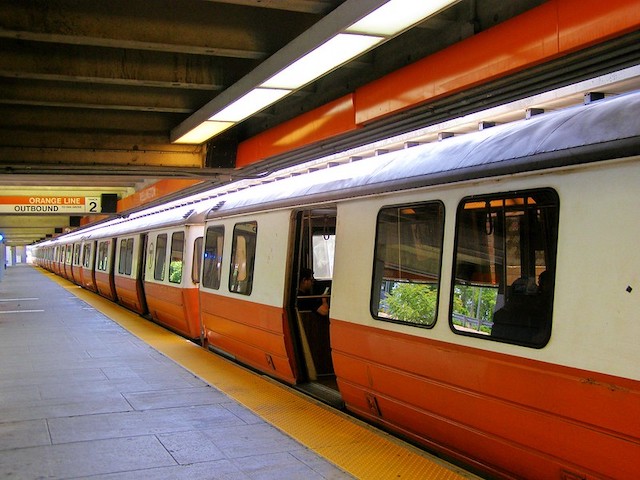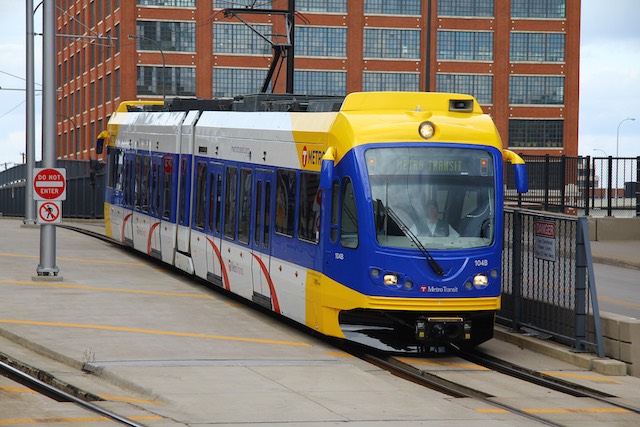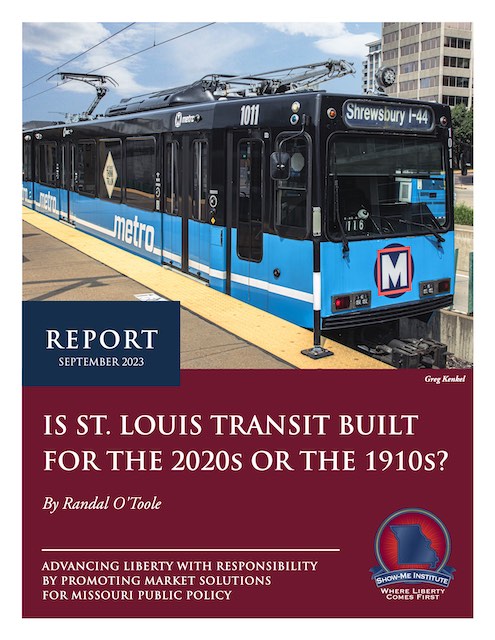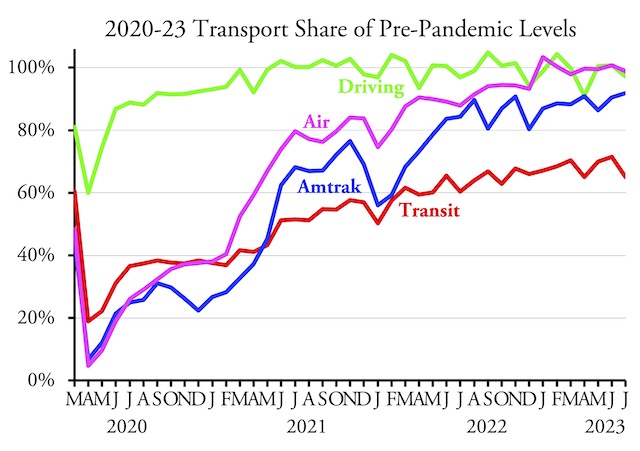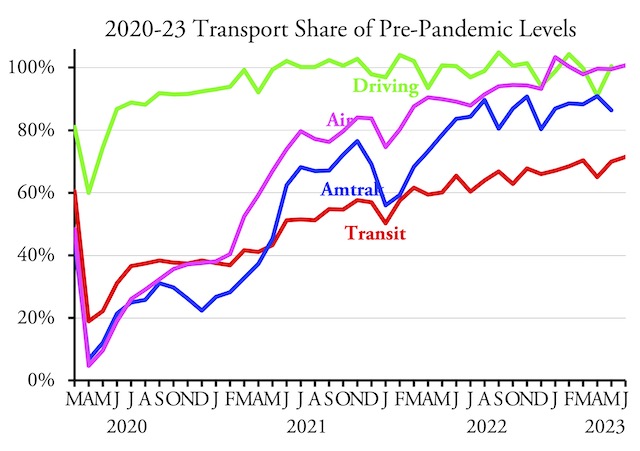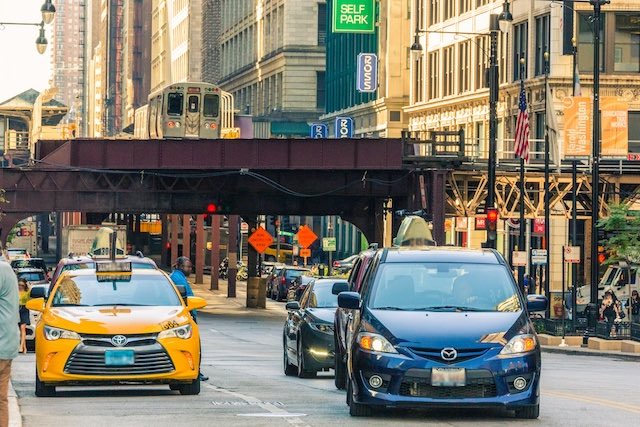Boston’s transit agency, the Massachusetts Bay Transportation Authority (MBTA or T for short), appears to be on the verge of collapse. Eight years ago, it reported a $7.3 billion repair backlog, which has probably grown since then. As I read its 2022 financial statement, it also has $5.4 billion in unfunded pension and health care liabilities.
No one was particularly surprised when an Orange Line train caught fire last year. Photo by Marissa Babin.
State officials have known about the T’s serious maintenance and safety problems at least since 2009, when an outside report commissioned by the governor found that it had a $3 billion maintenance backlog and wasn’t even spending enough on maintenance to keep that backlog from growing further (which is why it grew to $7.3 billion six years later). This was creating serious safety problems, the report charged, finding that the agency’s maintenance program was addressing only about 10 percent of the system’s most serious safety issues. Continue reading

